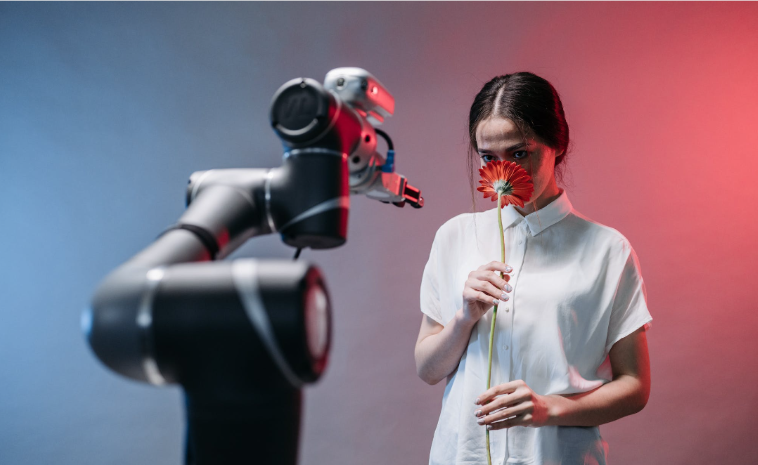Have you heard of Vanilla AI yet?

It is clear to all of us that artificial intelligence (AI) is changing the image of the world. Google’s translator, a chess program stronger than a human, Dynamic’s robots, recently ChatGPT, online programs for facial recognition, Google’s Echo, etc. And that’s just the beginning!
We’ve all seen the movie Terminator, in which the artificial intelligence decides to destroy humanity.
Is there any reason to fear AI?
In order not to talk about it in general terms, we introduce two categories to distinguish the levels and possibilities of AI to threaten humans.
The first thing we need to see is whether AI deals only with processing and presenting information or if it also has the ability to act in the real world.
Vanilla AI
Vanilla AI is an ordinary AI that passes the Turing test, i.e. we cannot say whether we are talking to a person or a program. If you want to try an interlocutor as a program, successfully talk to it and if you haven’t heard of ChatGPT, give it a try. You will quickly understand what Vanilla AI is.

So, can we say that Vanilla AI can be dangerous?
Well, to be blunt, AI can be dangerous if it knows and wants to tell you how to make a deadly poison or a dangerous explosive very easily from materials from the supermarket. And there will always be someone who will do it, and among them there will also be someone who will try it on themselves or on someone else. It can give you wrong medical advice. There are other examples that show that information can be undesirable or even dangerous for us.
Another important concept in understanding AI is the domain or scope of its action. If the AI has the restriction that it cannot give prescriptions for dangerous things, then its domain of action is positively limited, and there is no danger.
Robotized AI
Unlike Vanilla AI, robotic AI has executive organs with which it can act in our physical world. For example, to drive a car. Dynamic robots in the shape of a man or a dog successfully move on the ground and cross obstacles. And they can be armed.
Robotic AI is also the one that controls all the traffic lights in the city. It collects data through cameras that monitor the traffic, tomorrow through communication with each car, and at every moment it chooses the best cycle of the traffic lights so that the traffic is carried out with as few delays as possible.

So, could we say that robotic AI can threaten humans?
Well, our security is the domain of AI and must have a limit to its actions.
With Vanilla AI the limitation is software, and with robotic AI it must be hardware.
Today’s views on AI
Today’s lectures on AI go to the extreme of omnipresent, all-pervading AI that controls the entire world, all activities and makes all decisions.
But, why such an intimidating approach?
It’s a bit like Edison publicly killing cats with alternating current to discredit Tesla. The entry of AI into our lives has begun. There will certainly be ups and downs along the way.
Over time, hopefully man will develop safety measures in the use of AI as well as any other tool, car, plane, rocket, nuclear reactor, spaceship… we hope so at least!

